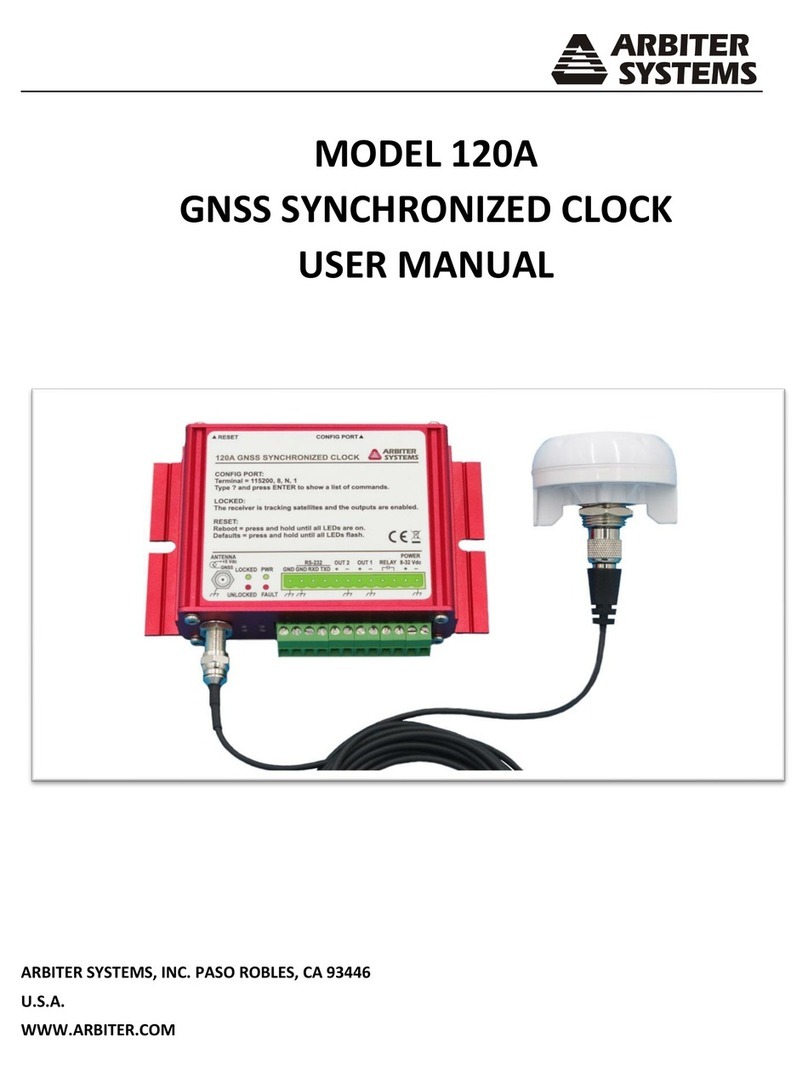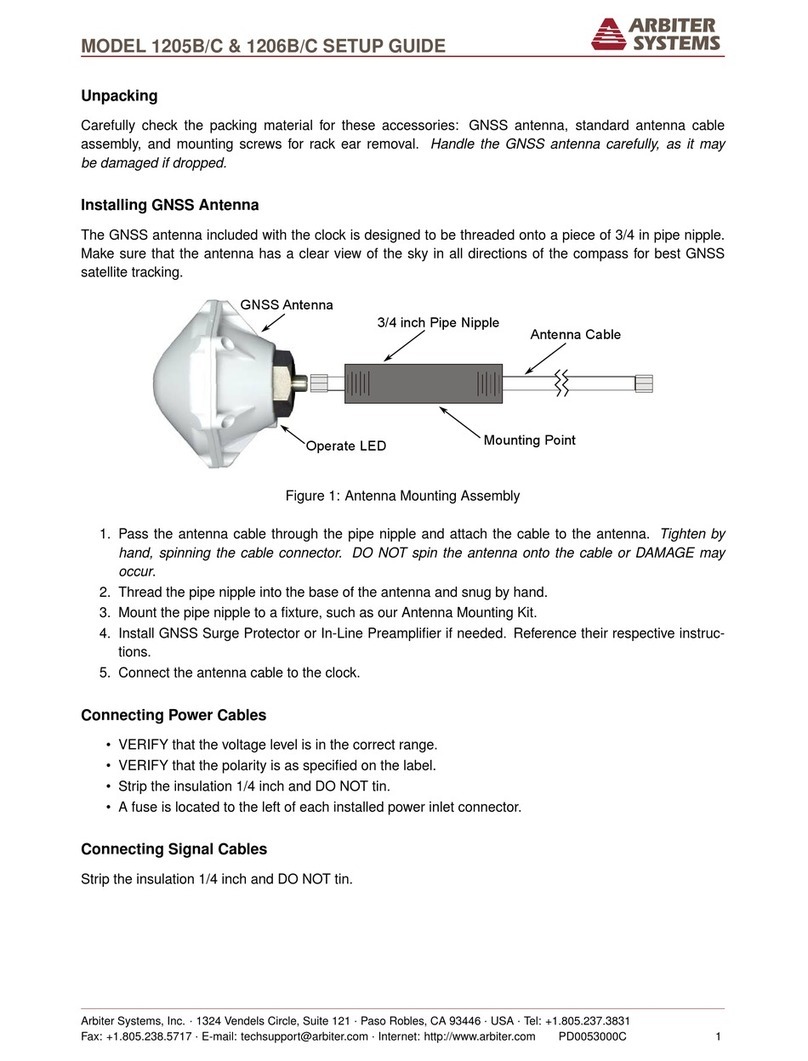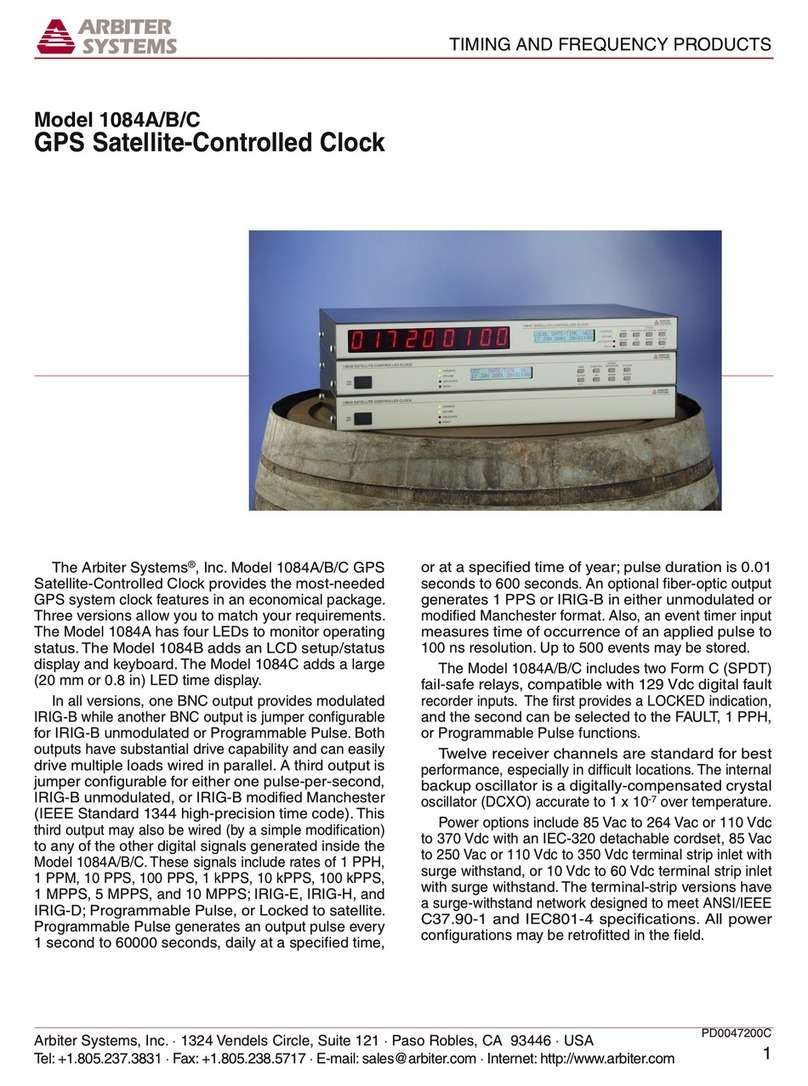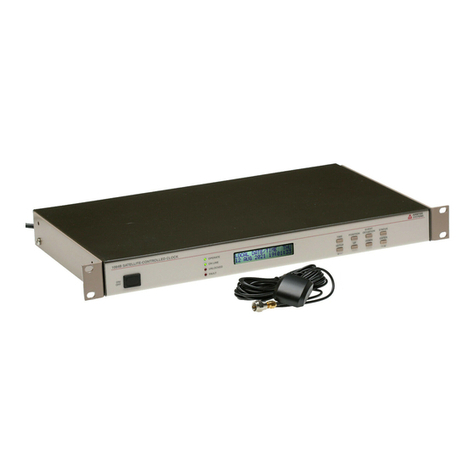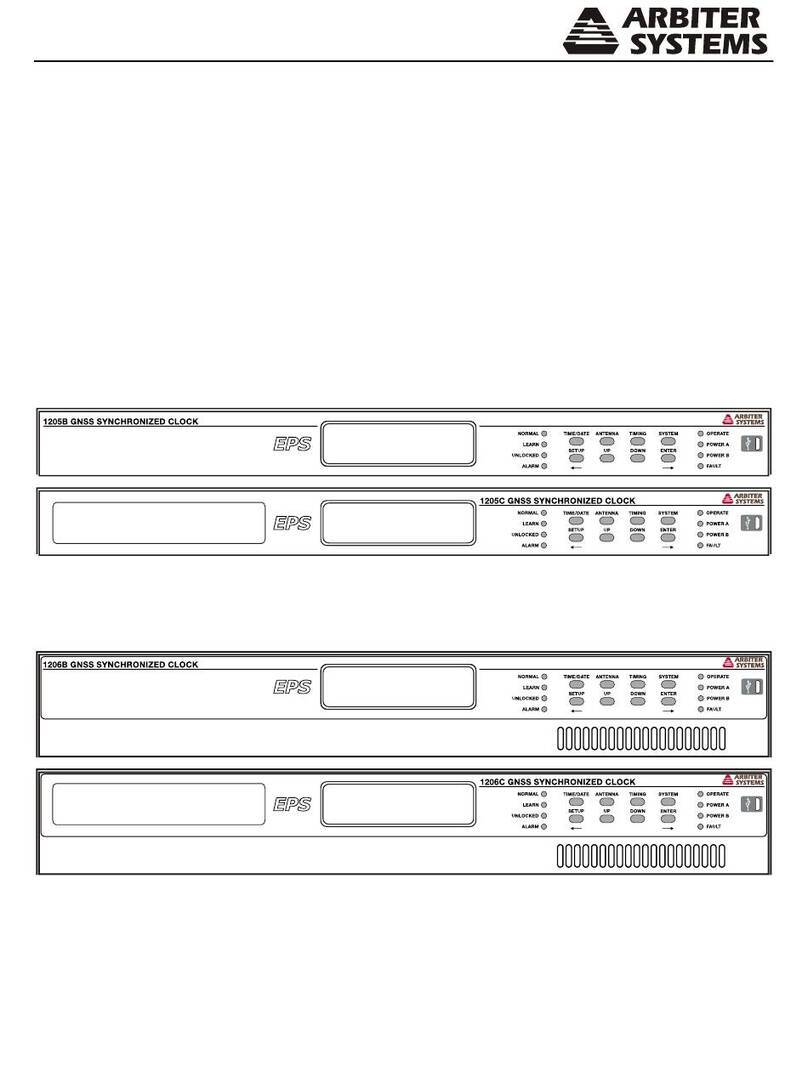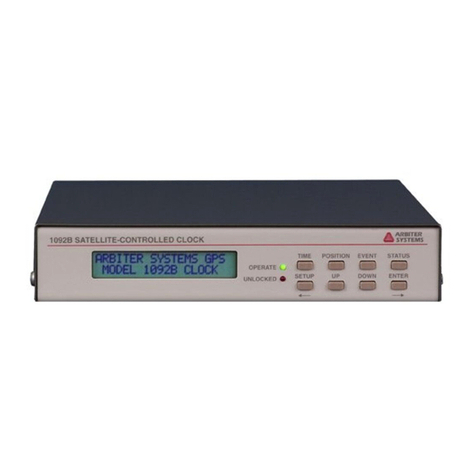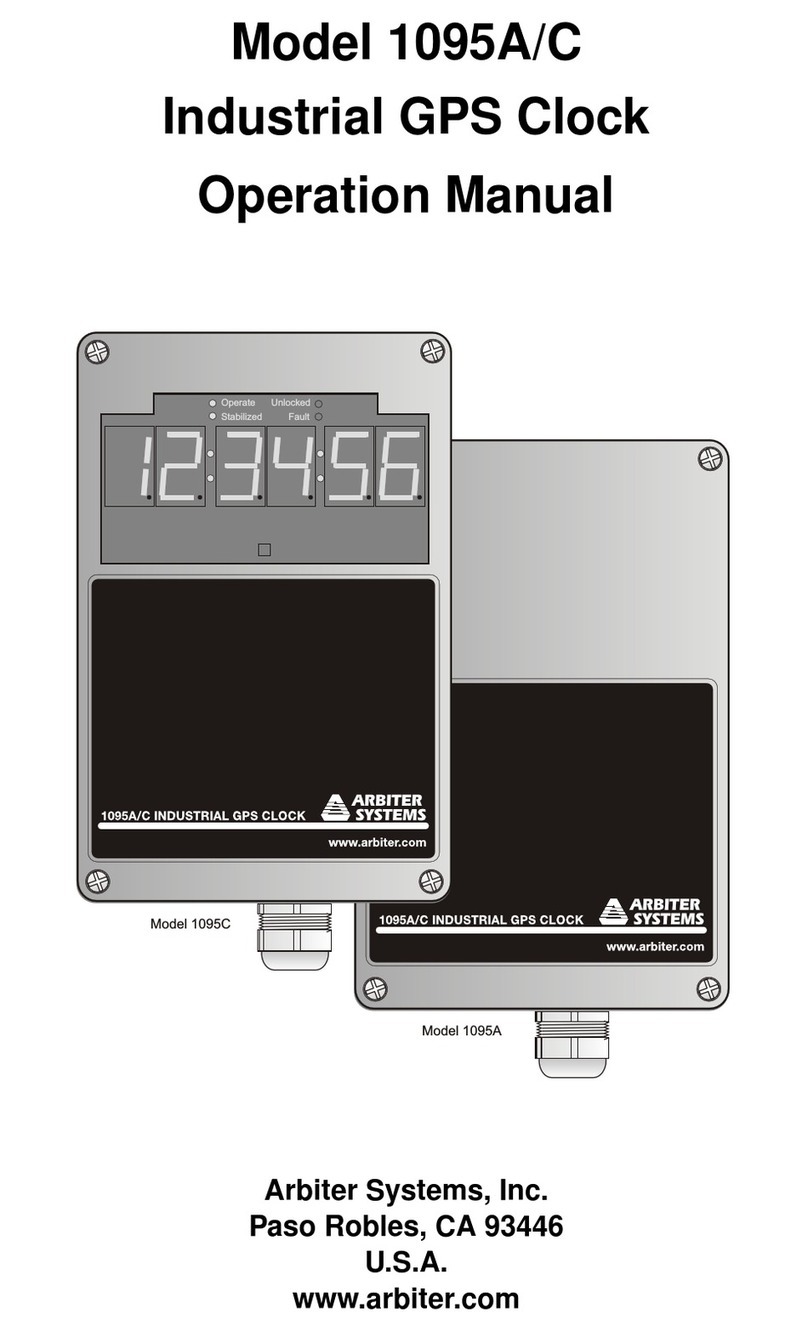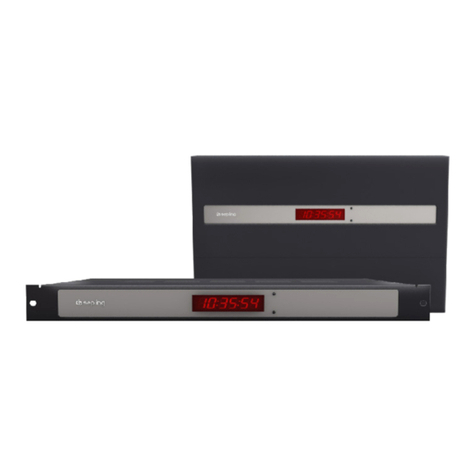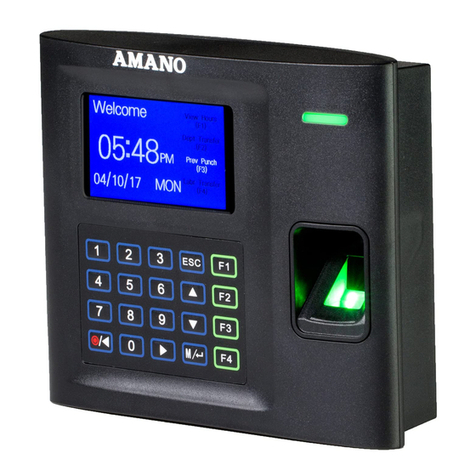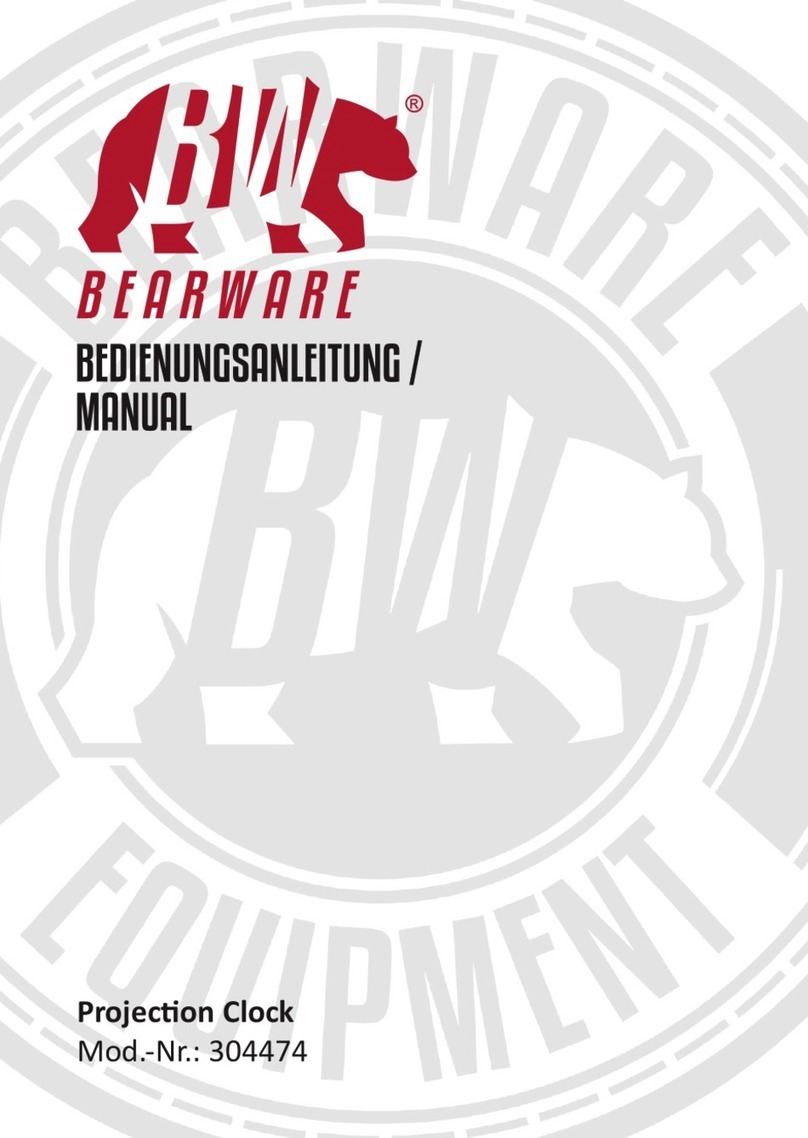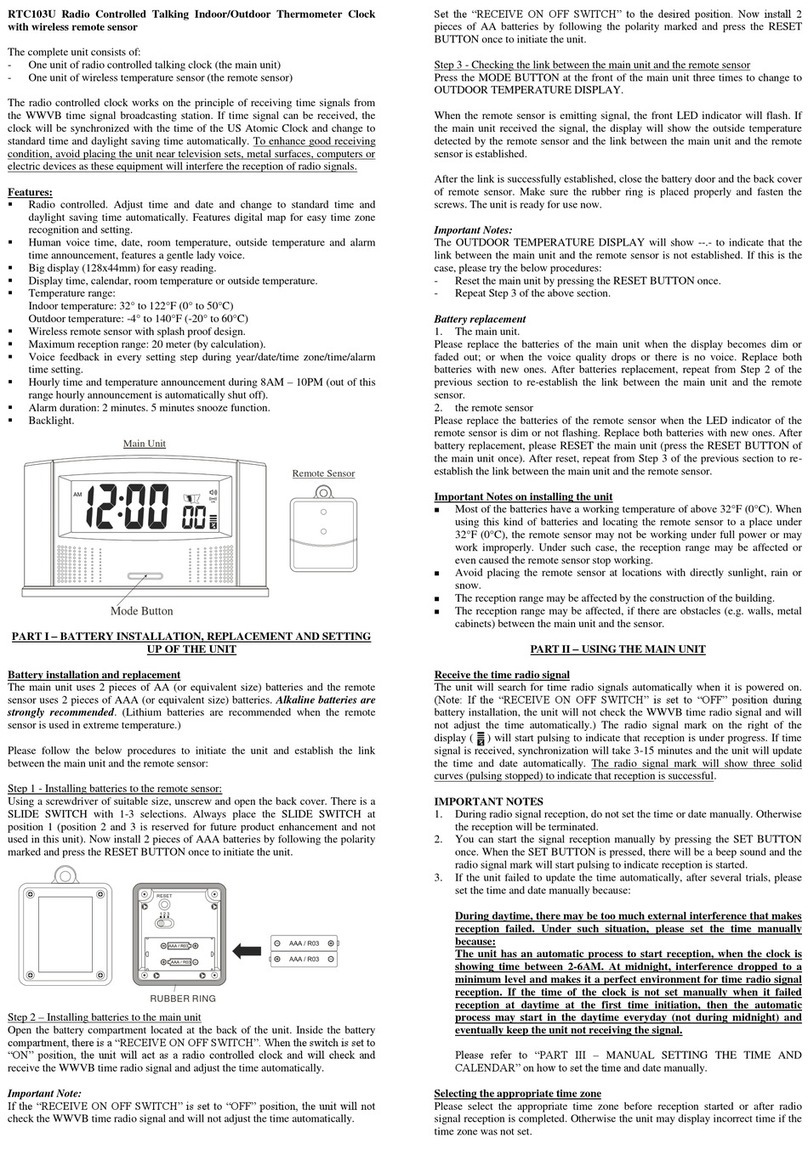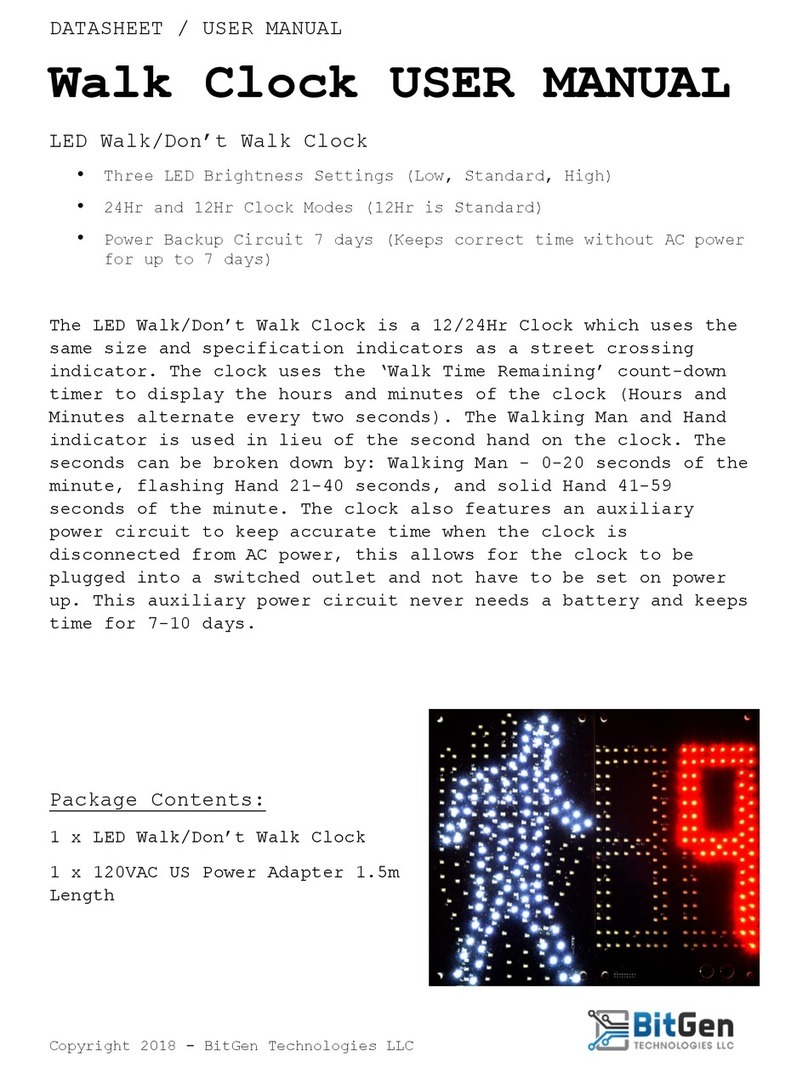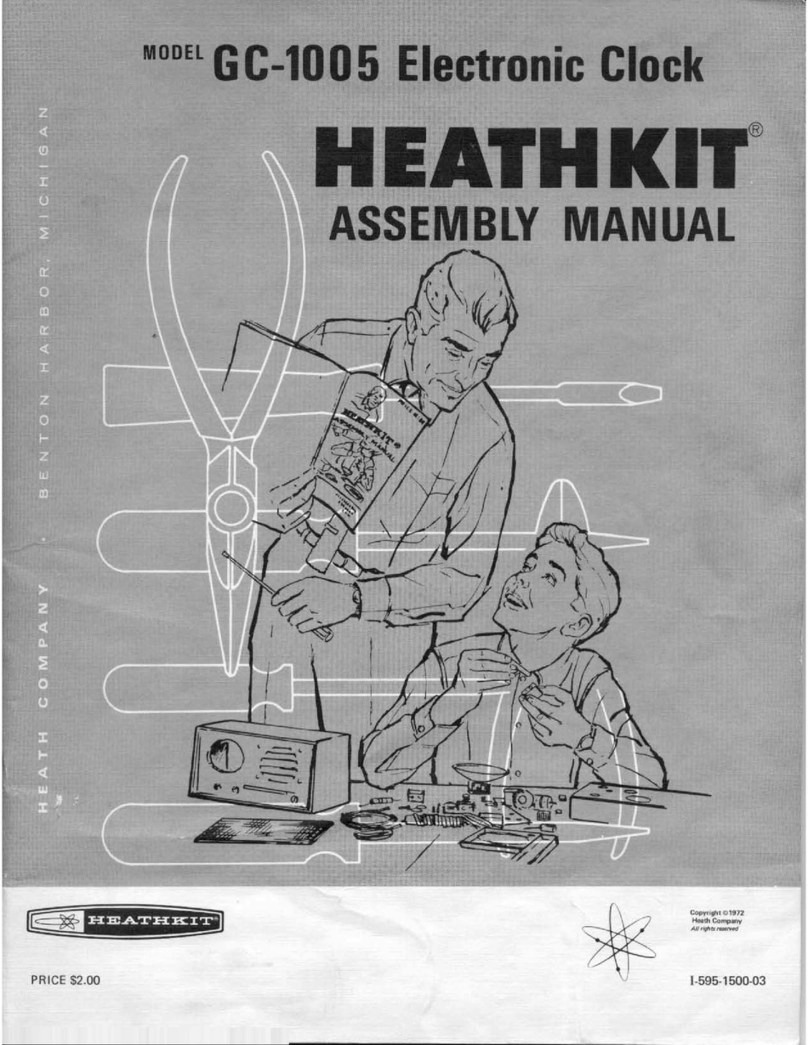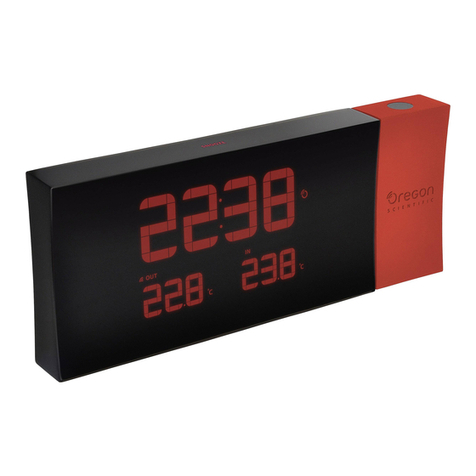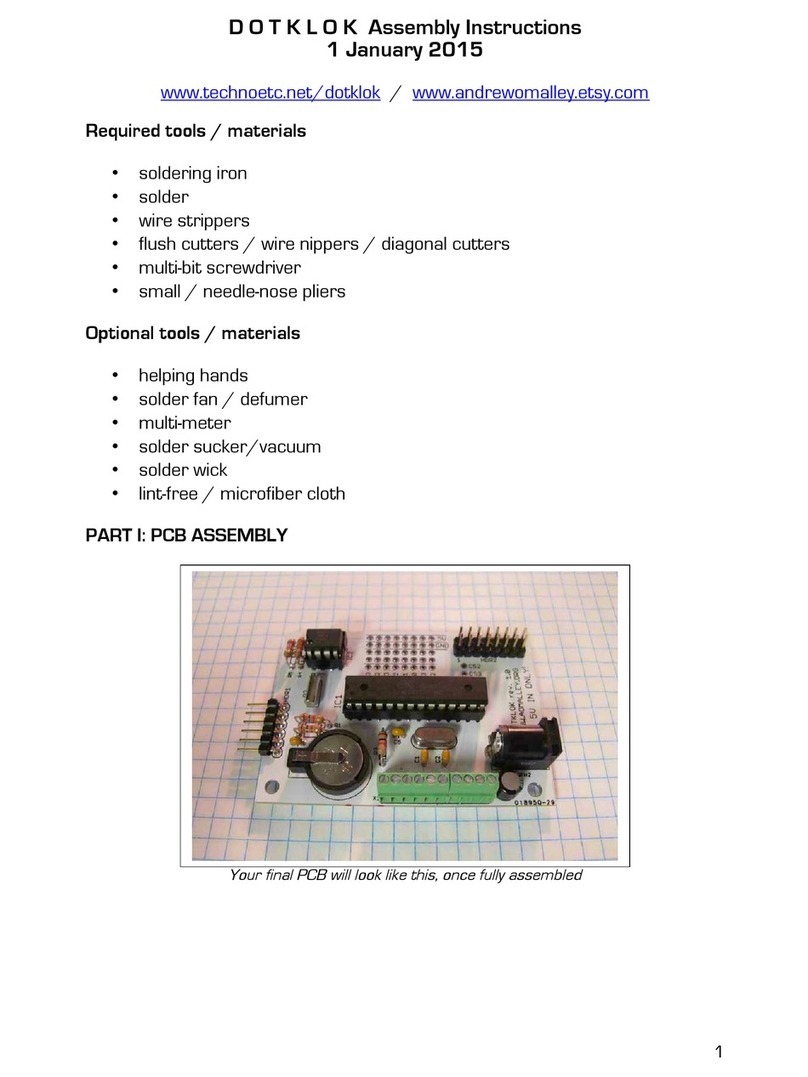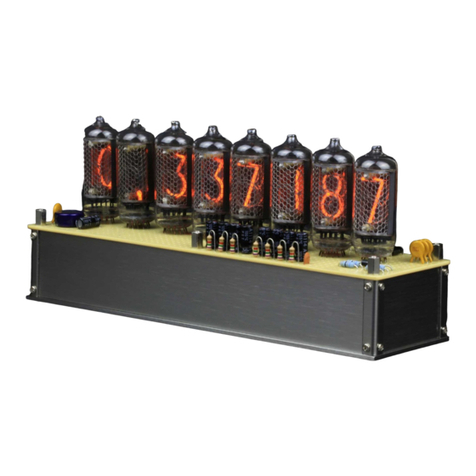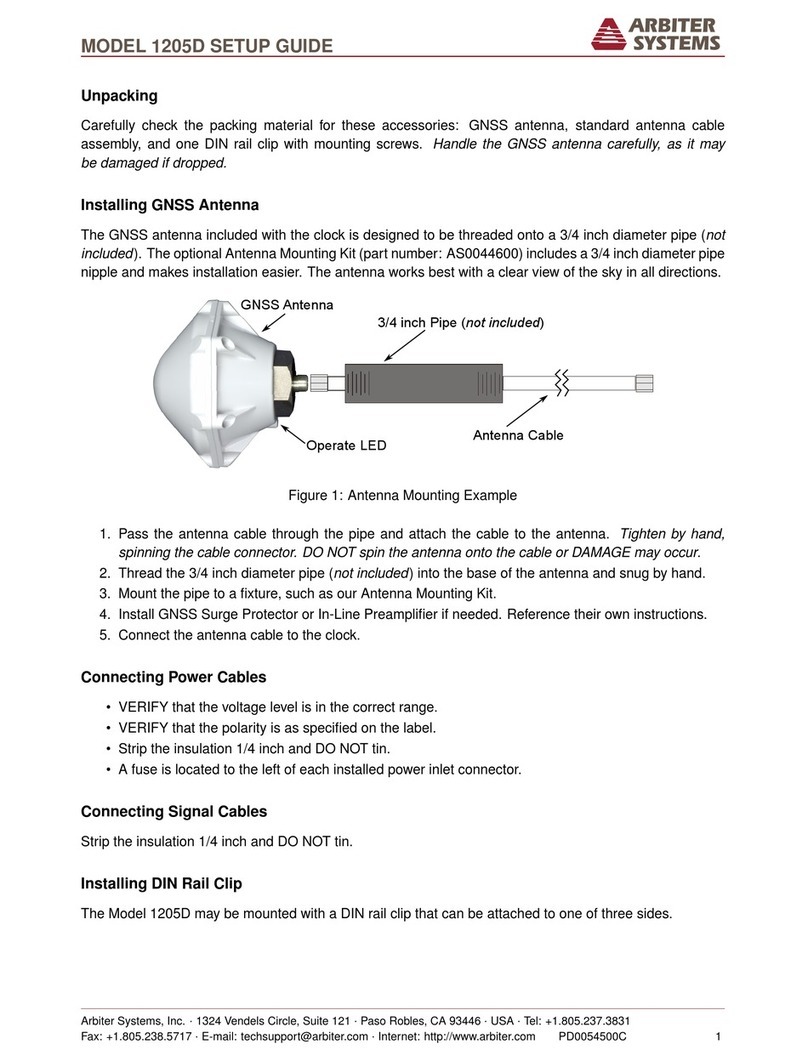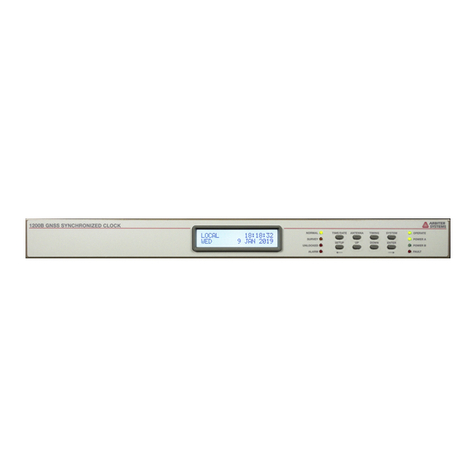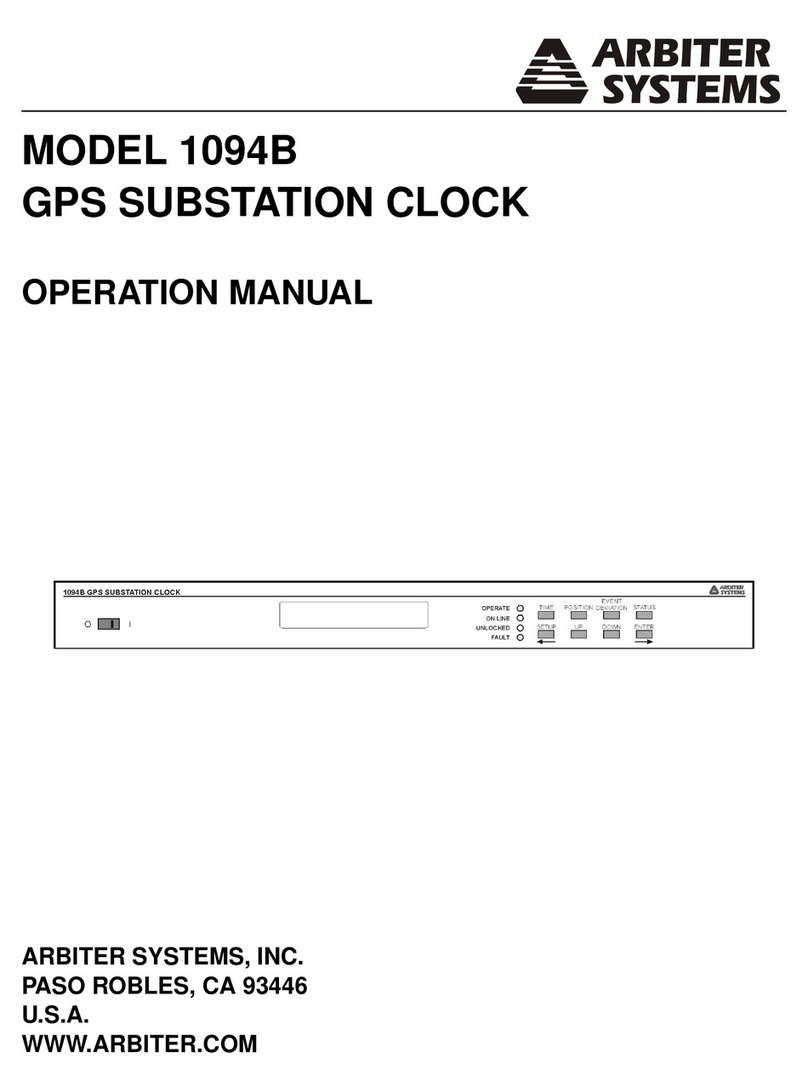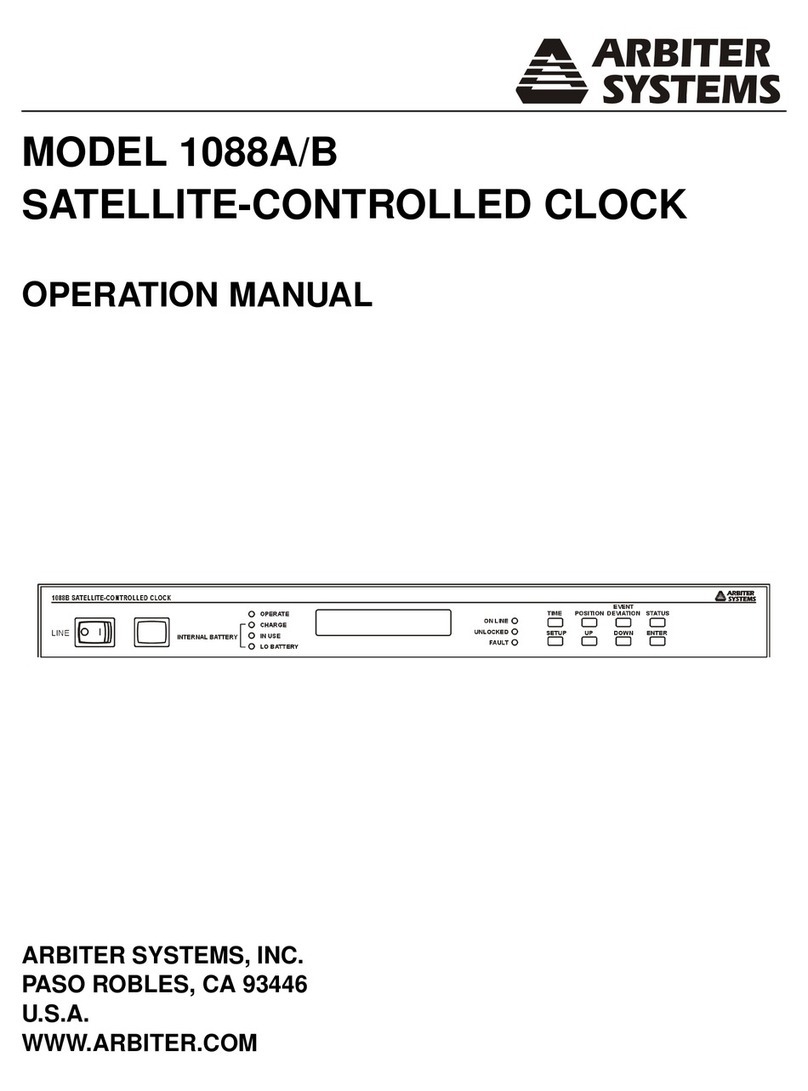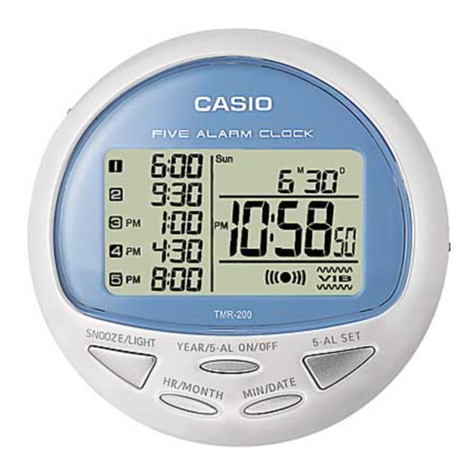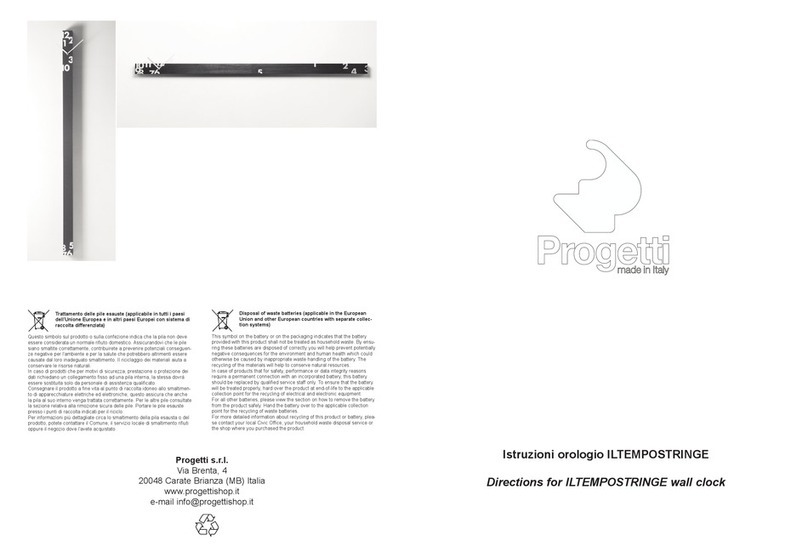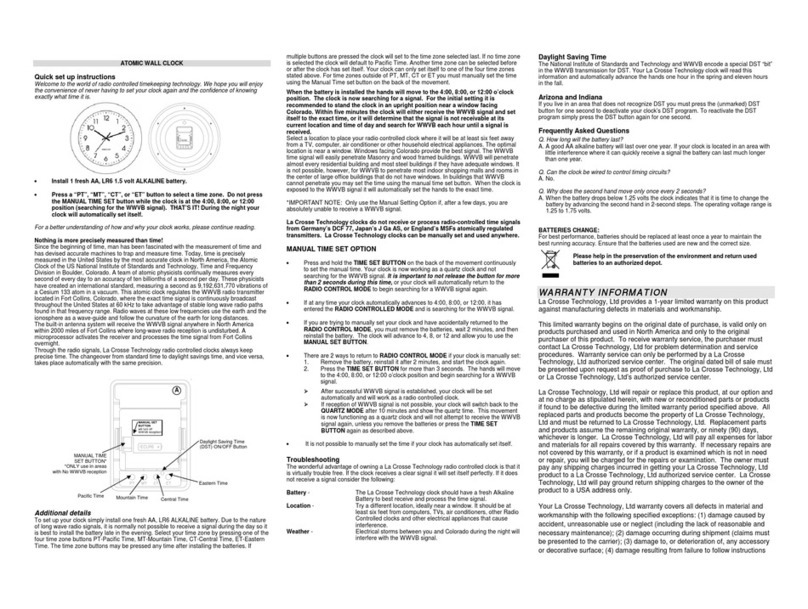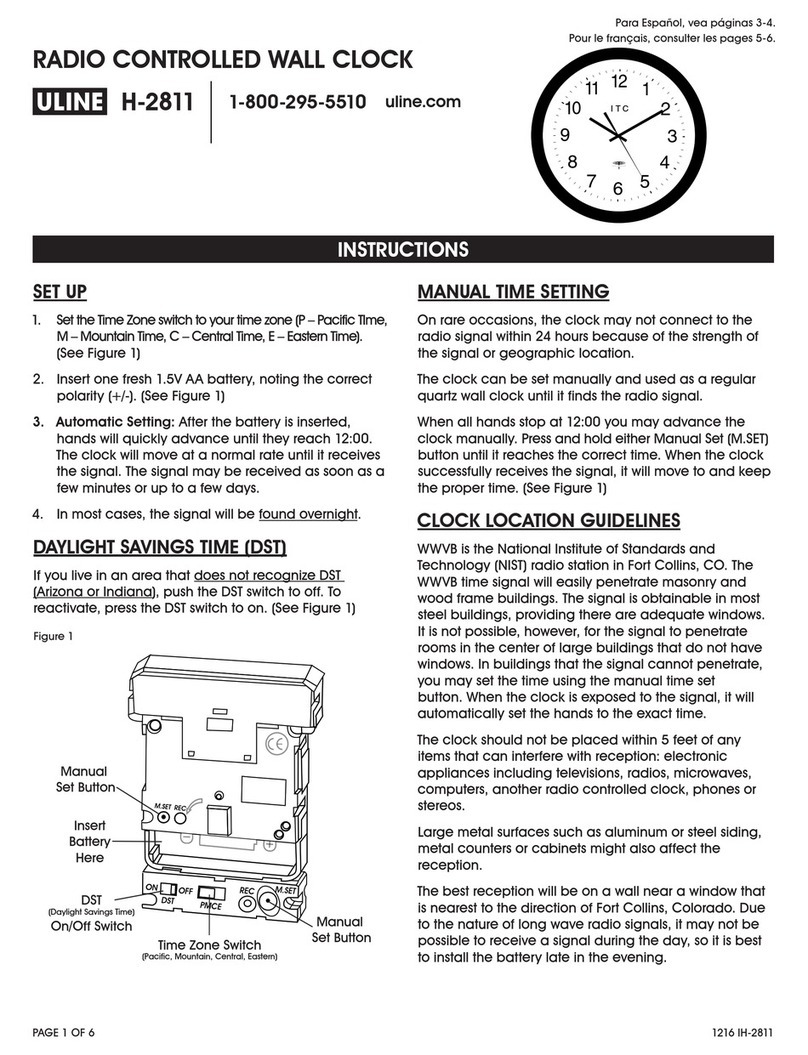
CONTENTS vii
3.5 ConnectingInputSignals ................................. 13
3.6 FiberOpticConnector................................... 13
3.7 OptionBoardSpace .................................... 13
4 GNSS Antenna and Cable Information 14
4.1 GNSS Antenna Installation . . . . . . . . . . . . . . . . . . . . . . . . . . . . . . . . 14
4.1.1 MountingtheAntenna............................... 14
4.1.2 Optional Antenna Mounting Bracket, Kit P/N AS0044600 . . . . . . . . . . . 15
4.2 Verifying Antenna and Cable Operation . . . . . . . . . . . . . . . . . . . . . . . . . 17
4.2.1 Checking the Antenna Status . . . . . . . . . . . . . . . . . . . . . . . . . . . 17
4.2.2 Other Antenna/Cable Indications . . . . . . . . . . . . . . . . . . . . . . . . . 17
4.3 GNSSSurgeArrester.................................... 18
4.3.1 Using the GNSS Surge Arrester . . . . . . . . . . . . . . . . . . . . . . . . . . 18
4.4 Technical Details of GNSS Antennas and Cables . . . . . . . . . . . . . . . . . . . . 18
4.4.1 Length and Loss Considerations . . . . . . . . . . . . . . . . . . . . . . . . . 18
5 Setting Internal Jumpers 22
5.1 CoverRemoval ....................................... 22
5.2 Setting Mainboard Jumpers . . . . . . . . . . . . . . . . . . . . . . . . . . . . . . . . 22
5.2.1 Mainboard and Jumper Locations . . . . . . . . . . . . . . . . . . . . . . . . 23
5.2.2 Digital Outputs: Port 1 and Port 3 . . . . . . . . . . . . . . . . . . . . . . . . 24
5.2.3 IRIG-B Unmodulated, 5 V Outputs . . . . . . . . . . . . . . . . . . . . . . . 25
5.2.4 1 PPS and Programmable Pulse, 5 V Outputs . . . . . . . . . . . . . . . . . 25
5.2.5 Analog and Digital Outputs: Port 2 . . . . . . . . . . . . . . . . . . . . . . . 25
5.2.6 EventInput..................................... 26
5.2.7 RelayOperation .................................. 26
5.2.8 Fiber Optic Output: Optional . . . . . . . . . . . . . . . . . . . . . . . . . . 26
5.2.9 Final Setup Instructions . . . . . . . . . . . . . . . . . . . . . . . . . . . . . . 27
6 Startup and Operation 28
6.1 InitialStartupSequence .................................. 28
6.1.1 Display Indication at Startup . . . . . . . . . . . . . . . . . . . . . . . . . . . 28
6.1.2 Clock Time, Startup Mode . . . . . . . . . . . . . . . . . . . . . . . . . . . . 29
6.2 OperatingModes...................................... 29
6.2.1 Learn and Normal Modes . . . . . . . . . . . . . . . . . . . . . . . . . . . . . 29
6.2.2 FaultsandAlarms ................................. 29
6.3 Time/DateKeyDisplays.................................. 30
6.3.1 Time and Date Display, UTC . . . . . . . . . . . . . . . . . . . . . . . . . . . 30
6.3.2 Time of Year Display, UTC . . . . . . . . . . . . . . . . . . . . . . . . . . . . 30
6.3.3 Time and Date Display, Local Time . . . . . . . . . . . . . . . . . . . . . . . 30
6.3.4 Time of Year Display, Local Time . . . . . . . . . . . . . . . . . . . . . . . . 30
6.3.5 Daylight Saving Time/Summer Time (DST) . . . . . . . . . . . . . . . . . . 31
6.4 AntennaKeyDisplays ................................... 31
6.4.1 GNSSTracking................................... 31
6.4.2 GNSS Signal-to-Noise Ratio . . . . . . . . . . . . . . . . . . . . . . . . . . . . 31
6.4.3 GNSSSetting.................................... 31
6.4.4 AntennaStatus................................... 31
